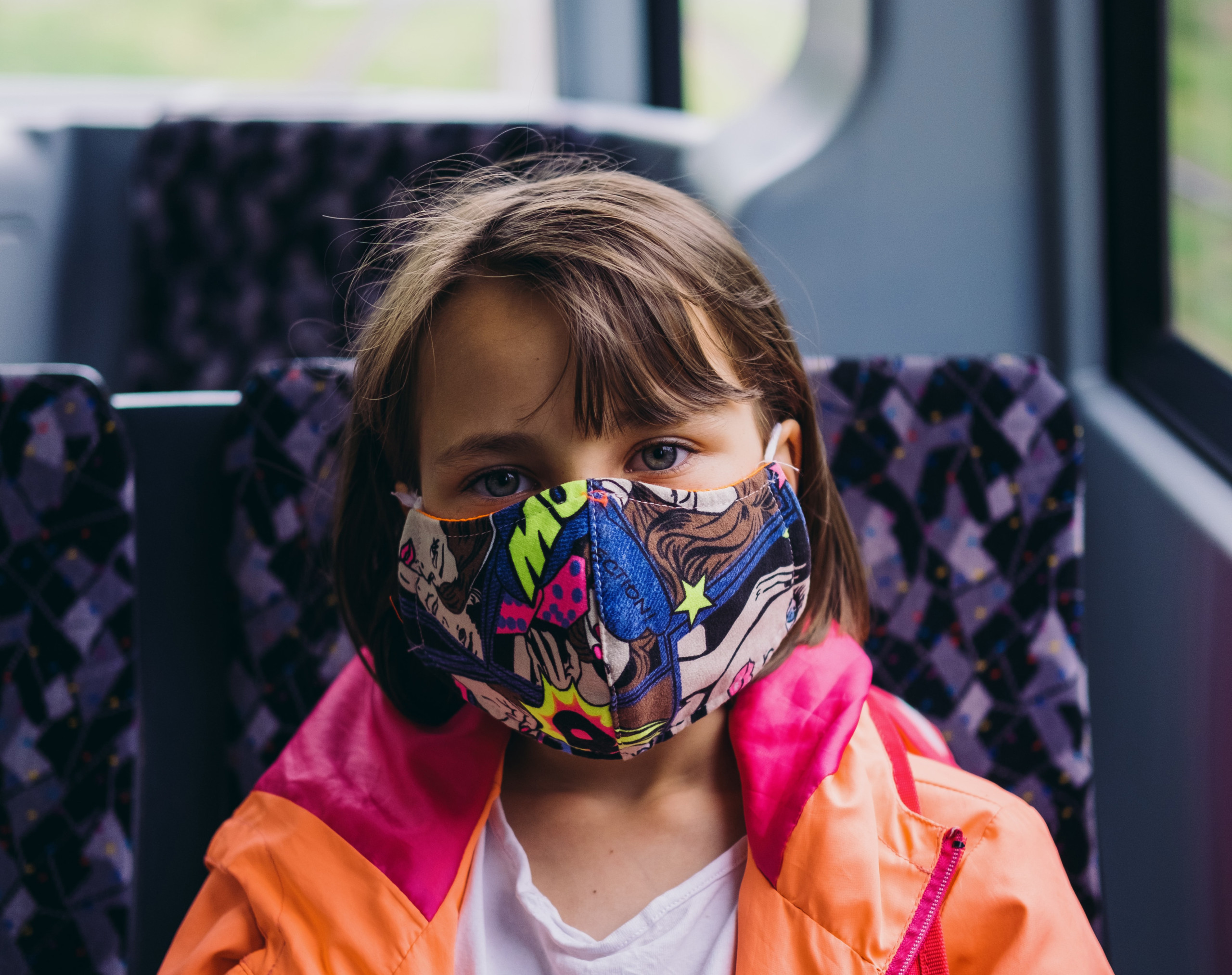During the first week of February this year, new CDC Director Dr. Rochelle Walensky said there is growing evidence that schools can re-open safely. Not coincidently, her statement came at the same time COVID-19 vaccines were beginning to role out en masse. Some states, like Oregon, put educators in the top Phase of vaccine recipients to help facilitate the re-opening of schools. However, the federal government left this decision up to individual states. So teachers just south of Oregon’s border with California did not get prioritized vaccine appointments. Instead, teachers in California went on the offensive and threatened to strike.
Vaccinations for teachers in Los Angeles County began March 1, and California governor Gavin Newsom outlined a plan to vaccinate 75,000 teachers a week.
Across the nation, virtually all school staff, including bus drivers, custodians, part-time educational consultants, and anybody who works regularly with students, are now getting vaccinated. With upwards of 40% of American students still doing comprehensive distance learning (CDL) for 100% of their education, vaccinating school staff should give a shot in the arm to efforts for re-opening schools. With the largest school districts in the nation and 6 million kids in public K-12 schools alone, California is now organizing school staff-only mass vaccination sites.

Learn more about education reform
Many private schools and smaller districts have remained open throughout the pandemic, taking advantage of their smaller student populations to continue in-person school with social distancing. These efforts appear to have met with modest success, however some private schools failed to follow sometimes confusing guidelines. In some states, COVID-19 guidelines can change every few weeks based on the level of community spread per county.
In many communities, public schools have had to adopt CDL, but with private schools in the same community offering some degree of in-person education, some families have jumped ship and signed up for private school. With the high price of child care, pulling kids out of public school to attend a private school has become a price worth paying for some parents. Nationwide, over half of independent schools report an increase in admission inquiries. CNBC reported last November:
“As the pandemic drags on through the fall, more families are seeking out schools that are fully in-person rather than remote — and, for many, that means switching to an independent institution, despite the cost.”
Learn more about Dyslexia Screening today!
For better or for worse, the pressure to re-open public schools may have reached a tipping point this spring. As more public schools open, it seems probable that most will have to contend with smaller student populations. And since states fund public schools based on attendance, many school districts face increased financial burdens as their budgets shrink. The educational landscape is changing, but until the pandemic is over, and all educational professionals are back in their “new normals”, it’s difficult to predict how public and private schools will benefit or suffer.


Leave A Comment